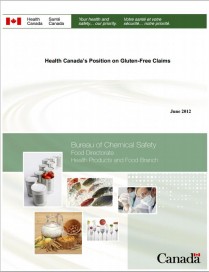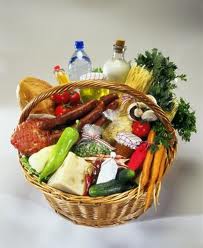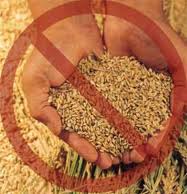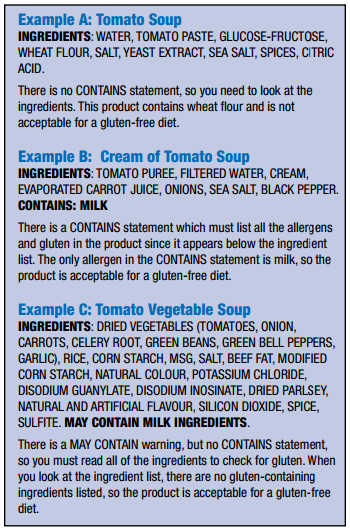 Twenty years in the making, Canada’s new Allergen and Gluten labelling regulations finally came into full force on August 4, 2012.
Twenty years in the making, Canada’s new Allergen and Gluten labelling regulations finally came into full force on August 4, 2012.
The new rules apply to priority allergens in foods known to cause 90 per cent of reactions:
- Wheat
- Glutens (oats, barley and rye)
- Peanuts
- Eggs
- Milk
- Tree nuts (almonds, brazil nuts, cashews, hazelnuts, macadamia nuts, pecans, pine nuts, pistachios, walnuts)
- Soy
- Sesame seeds
- Seafood (fish, crustaceans and shellfish)
- Sulphites
- Mustard seed
The rules will require a listing of allergens in smaller components of the product. For example, if a product includes “spices,” the label must list any allergens, glutens or sulphites contained in the spices.
How is this going to change your grocery shopping experience? The CCA has created some resources to help to get you up to speed. Click here to check them out.
This posting is open for comments.
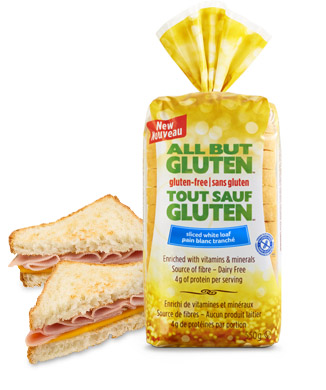 A major national baker is now producing a new line of gluten-free baked goods. Weston Bakeries has launched the All But Gluten line, which includes bread, focaccio, muffins, brownies, macaroons and pizza shells.
A major national baker is now producing a new line of gluten-free baked goods. Weston Bakeries has launched the All But Gluten line, which includes bread, focaccio, muffins, brownies, macaroons and pizza shells.

